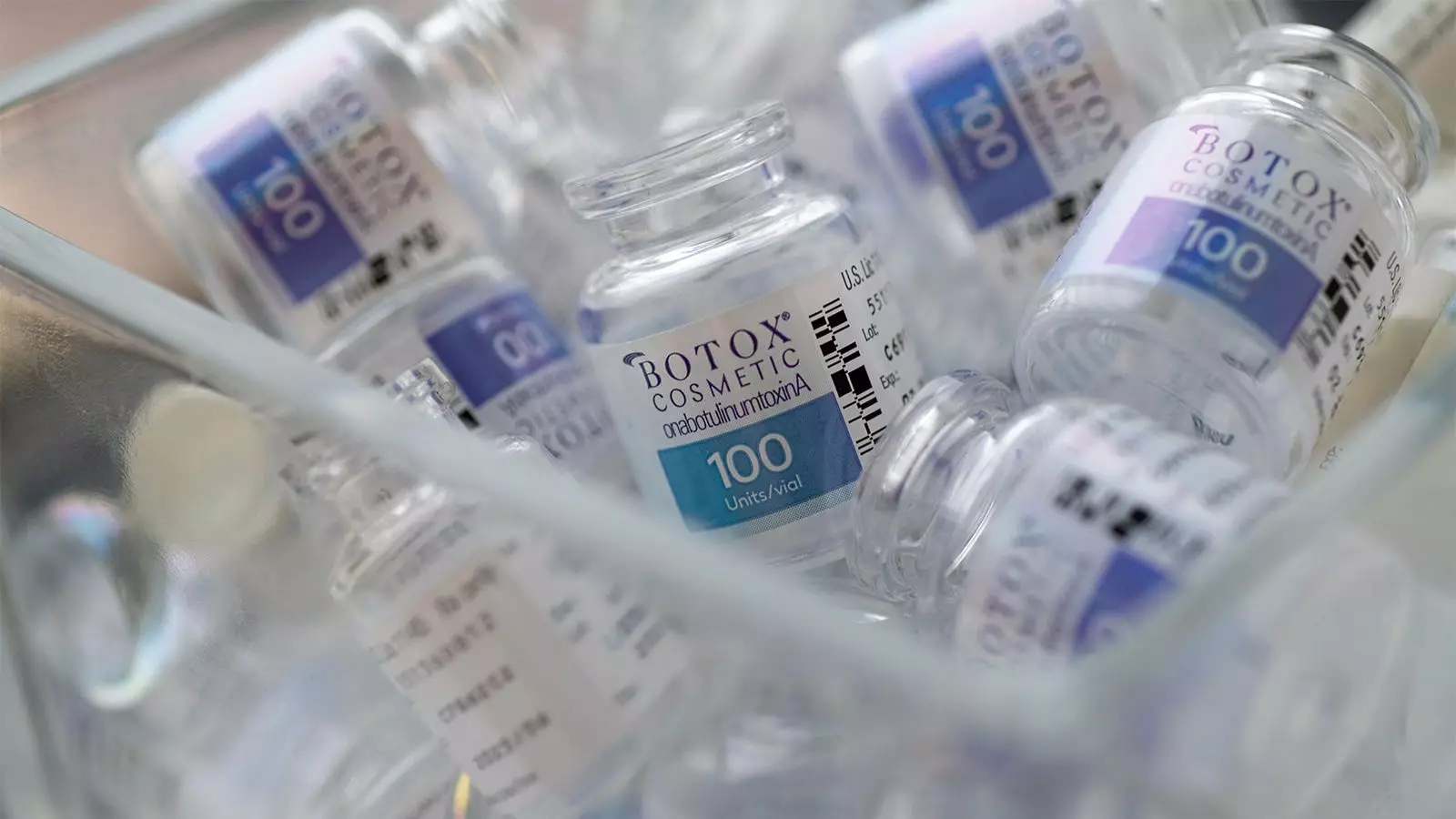The narrative of botulinum toxin, commonly known for its cosmetic applications as Botox, has roots in a haunting incident that occurred in December 1895. A tragic food poisoning event affected 34 members of a Belgian brass band after they shared a meal following a performance at a local funeral. The meal, which consisted of salted, uncooked ham, led to a nighttime of distress as the musicians experienced debilitating symptoms including difficulty in speech and breath, vision impairment, and paralysis. The rapid escalation of their conditions resulted in serious complications, with nearly half falling gravely ill and three members unfortunately succumbing to the effects of what was later recognized as botulism.
This incident serves as a striking reminder of the catastrophic potential of foodborne illnesses and introduces the world to the bacteria responsible for the toxin, Clostridium botulinum. Microbiologist Émile van Ermengem was instrumental in determining the cause of this outbreak, identifying a previously unknown strain of bacteria. His research provided a pivotal moment in medical science, shifting the understanding of food safety and the lethal impacts of toxins produced by improper food preservation methods.
While the initial discovery of botulism was rooted in tragedy, the journey of its associated toxin took a remarkable turn with the advent of cosmetic science. The mass production of botulinum toxin, known today as Botox (onabotulinumtoxinA), has shifted dramatically from its initial notoriety as a cause of death to become one of the most sought-after cosmetic treatments globally. With millions of Botox injections administered each year for wrinkle reduction, this transformation is a remarkable testament to the evolution of medical applications derived from unexpected origins.
The groundbreaking transition from treating medical conditions to cosmetic enhancement can largely be attributed to a noteworthy incident in 1987 involving Canadian ophthalmologist Dr. Jean Carruthers. Prior to this revelation, Botox had been employed mainly for the treatment of muscle spasms. However, a routine visit from a patient seeking a cosmetic procedure led to a surprising discovery. After Dr. Carruthers administered Botox for its original therapeutic purpose, the patient observed that the injection caused her forehead wrinkles to disappear. This conversation didn’t just resonate with Carruthers; it sparked a cosmetic renaissance in dermatology.
This pivotal moment underscores an essential tenet in medical practice: the importance of communication and trust between patient and doctor. It becomes evident that had Dr. Carruthers not taken the time to engage with her patient or prioritize understanding the effects of the treatment, the monumental shift in aesthetic medicine might never have occurred. The bond established through their interaction became the catalyst for a burgeoning billion-dollar industry.
It’s also worth noting that significant medical advancements often arise from serendipity—those chance interactions that lead to insights or discoveries not initially intended. Renowned examples such as the discovery of penicillin and the innovation of X-ray technology were similarly rooted in unexpected observations. However, the Botox case stands out as it highlights the unique interplay between patient experiences and physician awareness — a dynamic that is increasingly threatened in contemporary healthcare.
The changing landscape of healthcare administration has introduced significant challenges for physicians in nurturing these patient-doctor relationships. The modern push for efficiency, driven by electronic medical records, productivity metrics, and corporate healthcare structures, places immense pressure on practitioners to see more patients in less time. This environment stifles the ability to form meaningful connections, potentially compromising the serendipitous moments that are instrumental for both routine diagnoses and groundbreaking medical discoveries.
Dr. Rana Awdish, a thought leader on the importance of communication in medicine, emphasizes that serendipitous revelations—whether they lead to groundbreaking treatments or simply better patient outcomes—thrive in spaces where trust and time coexist. Unfortunately, the current trajectory of medical training and practice disrupts these fundamental elements, leading to a disconnection that can inhibit valuable insights.
As we reflect on the striking journey of Botox from a tragic episode in Belgium to a transformative cosmetic procedure, it becomes evident that flexibility and awareness in medical practice are crucial. Effective doctor-patient communication fosters an environment where discoveries can flourish, safeguarding not only healthcare innovations but also improving individual patient experiences.
Rebuilding trust in healthcare systems is paramount. Physicians must be given the opportunity to slow down, engage meaningfully with their patients, and cultivate a practice that values patient insight. Only through revitalizing these bonds can we hope to encourage the serendipity that drives both clinical breakthroughs and individual healing. The story of Botox teaches us that even from the most sorrowful beginnings, a renewed understanding of human connection can lead to hope, innovation, and transformative change in the medical field.

